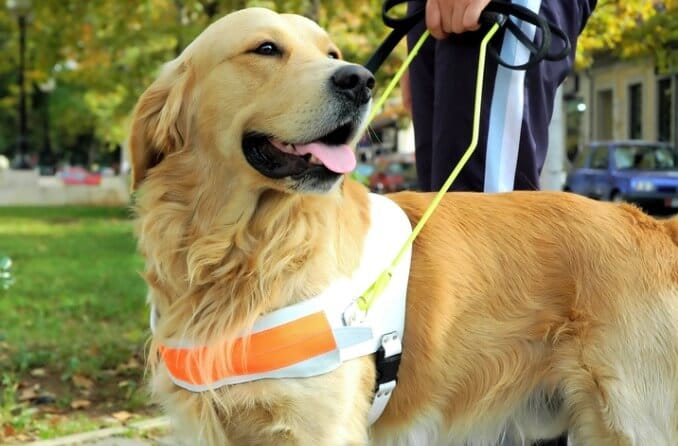More than 130,000 U.S. military veterans are legally blind, and 1.5 million veterans have low vision. Fortunately, a variety of resources are available for visually impaired veterans.
Among older veterans, major causes of vision loss include age-related macular degeneration, glaucoma, cataracts, stroke and diabetic retinopathy. Some veterans who served in Iraq and Afghanistan experience blast-related brain injuries that can lead to blurred vision, double vision, sensitivity to light and difficulty reading. Nearly two-thirds of servicemembers with traumatic brain injuries may suffer vision problems, while eye injuries account for nearly 15% of combat casualties.
A study published in 2019 in the journal Military Medicine found that from 2000 to 2017, members of the U.S. armed services suffered an annual average of 15,681 eye injuries with 304 hospital stays. In addition, a yearly average of 4,394 cases of traumatic brain injury not accompanied by an eye injury caused visual impairment. In 2017 dollars, the study calculated an annual cost of treatment, benefits and potential lost productivity of $2.4 billion related to these eye injuries and traumatic brain injuries.
Veterans with vision impairment caused or aggravated by active-duty service may qualify for benefits, such as tax-free monthly payments, from the U.S. Department of Veterans Affairs (VA). If their vision impairment isn’t connected to active-duty service, a veteran still may qualify for treatment or rehabilitation from a VA center or program. To schedule an eye exam, contact your nearest VA medical center.
The VA introduced a comprehensive blindness and vision rehabilitation program in 2008 with establishment of the Vision Center of Excellence, shared by the VA and the U.S. Department of Defense. The center is located at Walter Reed National Military Medical Center in Bethesda, Maryland.
What follows is a roundup of resources for veterans who are visually impaired.













